To strengthen the muscles, it is not always necessary to raise rods and weights, and you can create a beautiful body shape using isometric gymnastics. With this training, the muscle mass is tense to the limit, and the complex itself can take less time than dynamic power loads.
Content
The system of isometric training allows you to develop body endurance, strengthen muscle tissue and give them beautiful and voluminous forms. Such exercises are most often used in yoga techniques, rehabilitation programs and are included in the mandatory complex for special training in the army. Power isometric complexes allow you to strain the muscles without moving all parts of the body to maximum capabilities.
The original system was popular in the last century and was widely used to increase sports results. The variety of exercises allows you to use almost any subject and part of the body for training, which radically distinguishes them from other power loads. For the effective application of such complexes, the principles of body isometry should be understood, which will easily form your own program for classes.
The essence of the system of isometric exercises
The main meaning of such strength classes is that within a few seconds, the human muscles spend the maximum power capabilities for counteraction or resistance to any object or object. Thus, isometry is distinguished by a reduction in muscle tissue with only tension, from isotonia and dynamics, in which the muscles change their length during operation. That is why such trainings are also called static.
Another main feature of isometric exercises can be considered the fact that the muscles do not increase as in dynamic training with dumbbells and rods, but are strengthened without increasing the volume and movement of the joints. All complexes are designed to fulfill the movement knowingly exceeding the possibilities. Thus, all trainings become obviously static.
Advantages of the isometric exercise program
Among the large number of positive qualities of such training, several main aspects should be distinguished:
- The rapid development of muscles. Energy is not consumed on movement, since supplying the muscles with oxygen, blood vessels are compressed, which makes the cells work most intensely without unnecessary energy costs.
- The minimum time spent. To perform a full daily training, it is necessary to devote no more than half an hour.
- Lack of fatigue and stretching of muscle fibers. In a fairly short time of static training, the muscles are not overwork as with a conventional two -hour force load, which requires their full and longer rest to strengthen.
- Strengthening the muscles of a certain group. It is with the help of such a technique that it is possible to train only those areas that are necessary for the formation of sports sculpture of the body.
- The frequency of training. Muscle tissue rest is needed much less, and accordingly, all training can be performed daily without long breaks.
- Time saving at the maximum possible load. The muscle tissue voltage in isometric complexes lasts only a few seconds, which are fully consistent with the time loads of isotonic training.
The origin of isometric exercises is
The professional athlete of Russia Zassy Alexander Ivanovich, nicknamed Iron Samson, is the ancestor of this system, who was known for his incredible force and could raise the horse. In his opinion, a real athlete is not enough to raise a large weight, to such abilities it is necessary to add tendon and strength. It is the tendons that connect muscle tissues and bones and allow the joints to drive.
The own weight of the circus artist did not exceed 80 kg, whose muscles were not as voluminous as that of modern athletes using anabolic steroids. The main program of Zass did not occupy more than half an hour and did not require a large set of sports equipment. Today it is known that such a standard complex allows you to effectively increase its own strength and overcome stagnation in training.
Types of isometric exercises
By the nature of the execution, all isometric loads can be divided into conditional groups:
- Completely static provisions when the strength of the muscles counteracts an irresistible resistance.
- Provisions burdened by stops to create maximum muscle voltage.
- Provisions with the maximum possible weight of muscles of a semi-static nature, the initial stage of which has an isotonic-dynamic appearance.
The main provisions of isometry include standard bench presses, traction and squats, to which lifts are added. The voltage in terms of duration can be initial or short - up to 6 seconds, the average - up to 9 or prolonged - up to 12. The breaks between approaches should not exceed a pair of minutes to restore the rhythm of respiration.
Isometric exercises with a belt
The basic complex for strengthening muscle mass for the OSS:
- The impact on the widest spinal muscles, triceps and deltoids is performed by stretching the belt at the chest level in the hands bent in the elbow joints.
- For the development of biceps and triceps, one end of the belt should be directed down in an outstretched arm with a belt stretching with the other hand, and then vice versa.
- To train triceps, it is necessary to stretch the belt at the back of the head and behind the head.
- To train the widest muscles and chest, it is necessary to wrap the belt around you on the exhale, and try to stretch it on inspiration.
- To increase the strength of the pectoral muscles, deltoids and triceps, stretching the belt behind the back of the hands bent in the elbow joints in front.
- To increase the strength of the broadest spinal muscles, the belt should be stretched to the hands straightened over your head.
- To enhance the biceps, you need to stretch your legs in the center of the belt, and pressing the elbows to the body, stretch the belt with your hands over its ends.
- To strengthen the trapezoidal muscles, you should, spreading both legs in the center of the belt, stretch the belt with your hands over its ends.
Based on such simple gymnastics, dozens of complexes were developed for the development of all muscles.
Statical exercises programs
How to perform isometric exercises correctly?
Before performing any training, the general rules should be taken into account for their effective application:
- All static provisions should be carried out on inhalation.
- The number of approaches for each exercise should not exceed 2-3 times.
- The total training time should not exceed 20 minutes.
- Before training, it is recommended to knead muscles in order to avoid tendon injuries, which are restored longer than any muscle tissue, so you must be extremely careful when they are performed.
- The duration of each load is from 5 seconds for beginners and up to 12 for experienced athletes.
- Training can help increase pressure, so if headaches occur, it must be suspended.
- Exercises according to the hats method can be performed not only with a belt, but with a crossbar, a towel or combined with other complexes.
- The muscle force should be increased gradually to its own maximum capabilities.
Isometric exercises for the back and hands
Several simple provisions will strengthen triceps, chest muscles, press, as well as the lower and middle part of the back:
- To train the extensor spinal muscle, lean against the wall, slightly push the legs from it and touch the support only with the upper back and buttocks. Try to push the wall with points of contact.
- To train the widest spinal muscles, lean on the wall, and place your legs at some distance from the support. Bend your hands in the elbow joints and try to push the wall with them.
- Bridge. Get on the side and place the elbow exactly under the shoulder for the support, and then hold the pose. Repeat the position on the other side.
- Planck on the elbows. Hit to the elbows to the push-up position and step back about 20-40 cm ago, and then linge in the position.
- Take a classic position for push -ups - the emphasis on straightened hands is slightly wider than the shoulders, the legs together, the stomach is pulled, the back without deflections - when lowering the body, linger for a few seconds.
- Stabilization. Sit and place the feet on the floor with your knees bent at an angle. Reject the body with your back straight back and linger in such a position.
Isometric leg and press exercises
To form a beautiful shape of the muscles of the legs and abdomen, it is recommended to perform the following program:
- Square. Become straight and spread your shoulder -width apart, and stretch your hands along the body. Bend the knee joints, take the buttocks back and stretch your hands right in front of you. Hold the position for a few seconds.
- Lunge. Having accepted a similar position, make a wide retreat back with one foot and sink to the knee at right angles. Locate, and then repeat everything by analogy with the other foot.
- Semi -prison. In a standing position, bend your legs slightly in the knee joints and bent the body with your hands extended in front of you, and then linge in this position.
- Side attacks. Put your legs wide and stretch your straight arms to the sides, and then shift the body to the side and sit in the lunge. Hold in such a position, and then repeat everything by analogy in the other direction.
- To form the sculptural muscles of the legs, take a flat position stand and tighten them as much as possible. Hold the position for a few seconds.
- For training and strengthening the abdominal muscles, take a standing position with your shoulder width widths slightly bent in the knee joints, rest on your hips and a chin on your chest. Stretching the muscles, bend the body as much as possible and linger in this position for a few seconds.
- To train and strengthen the oblique abdominal muscles, become sideways to the support and take a foot into it with your foot, shoulder and your head inclined, and place the other leg at the distance wider than the shoulders. Try to push the wall away, straining all the muscles, and then repeat everything by analogy in the opposite direction.
Isometric exercises in public transport
Everyone knows that not everyone has even a free half hour per day to perform a full -fledged training, but isometric positions can be applied even in the peak of transport on the way to work or study, and at the same time, people will not notice anything at all, and only you just have enough for you Take the strong handrails with both hands:
- Grabbing the crossbar from above, push it up for the work of triceps, chest muscles and deltoids.
- Similarly, grabbing the crossbar, pull it down to strengthen the broadest spinal muscles and biceps.
- When capturing the crossbar from above, try to stretch it as much as possible to the sides for training the broadest spinal muscles and triceps.
- When taking the crossbars on top, put your arms in the shoulder width and pull it out for the work of the chest muscles, deltoids and biceps.
- When capturing the crossbar from below, pull it down to work biceps and gear spinal muscles.
Isometric exercises at work or study
If your work or classes does not leave you time for a full -fledged comprehensive training, then static positions will come to the revenue that can be performed sitting at the table and completely imperceptibly for the rest:
- For the work of biceps and triceps on the hands, the palm of the half -bent in the elbow joint of the hand should be crushed on top of the palm of the other from the bottom, which resists it and similarly to execute the position, on the contrary, changing her hands.
- For the work of the trapezoid, forearms, deltoids and triceps, clasp your palms with your fingers and try to spread your hands as much as possible in different directions.
- To train the biceps, make your hands under the table and try your best to raise it.
- Grasping your seat tightly behind your seat, try to press it down, and if the body rises, then get your legs under it, so you will make deltoids, breast muscles and triceps work.
- Get tight with both hands in the seat and try to lift it up.
- Put your hands on your knees, spread them and inversely resistance of the legs prevent the strength of the hands, which will allow you to train the latest spinal and leading muscles of the legs, triceps, the rear deltoids and trapezoids.
Exercises for everyday isometric gymnastics
The universal technique allows you to increase physical endurance, feel muscle strength and strengthen the general state of health without special training equipment using any door frame and wall:
- In a standing position with a straight neck and leveled legs in the knee joints, pressed with the palms of the hands, slightly bent in the elbow joints, on both parts of the frame on the sides.
- From the same position, having completed the squat, to exert maximum pressure on the obstacle.
- Rise on socks as high as possible and stay from 6 to 12 seconds.
- To strengthen the neck muscles, you need to become your back to the support, place your feet shoulder -width apart, and place your hands on the waist and rest against the back of the head.
- Having accepted the similar position of the previous exercise, it should be pressed on the wall with the forehead.
- To strengthen the muscles of the hands, you should connect the palms in front of the chest and squeeze them as strong as possible.
- Similarly, the previous exercise is connected by the hands not with the palms, but by the fingers for training the hands.
- We perform pressing on parts of the frame with both hands in front.
- We press the door or support on the frame alternately with one or the other hand, bending them in the elbow joint.
- We perform pressing on the frame with both hands completely straightened in the elbow joint.
- We stretch to the upper part of the door frame or ceiling as much as possible.
- From the position of sitting should be pressed on the side parts of the door frame, alternately bending the legs in the knee joints at different angles.
A complex of isometric exercises for women
A unique program is developed on the principle of mandatory training for ballerinas and is universal for creating a sculpture of muscle forms:
- Push -ups:
- stand facing the support and put your palms at the chest level and wider shoulders, and compare your legs next to it and rise to socks;
- bend your hands in the elbow joints until a right angle is formed and return to the starting position with an average speed for a minute;
- make a position for another minute by reducing the angle and increasing the speed.
- Bending thighs:
- stand, leaning on one side on the back of a chair or table, and raise your leg at a right angle, and then slightly lift and lower it for about a minute at a slow pace;
- another minute perform by analogy with the angle and increased speed;
- without lowering your legs, perform circular movements for about a minute in both directions, and then change your leg.
- Squats:
- Stand up, leaning on the back of the chair, and turn the feet outward, and then do a small sitting;
- for a minute, lift slightly and lower the body so that the knees look strictly to the sides;
- for another minute, take a position with an increased speed, and then fix the body in the ride;
- slowly rise to socks and sink, repeating for one minute, and then perform for another minute with an increase in the pace.
- Fighting the thigh:
- set your hands on the back of the chair and straighten your leg back, bending it slightly at the knee, with a foot unfolded upwards;
- within one minute, slowly lift and lower the leg at a short distance;
- at the end, hold your leg at the top for a minute, and then repeat everything by analogy with an increase in speed for another minute;
- make small circular movements and counterclockwise one minute, and then repeat the position on the other leg.
- Twins back:
- put on your forearms into the back of the chair and lower your head in your hands, fixing your body, and then hard your foot with a fold in the knee joint in the back;
- slowly lift the bent leg slightly for one minute slightly;
- at the end, hold the leg at the top for one minute;
- continue the situation for another minute, increasing the speed, and then repeat everything similarly with the other foot.
- Scissors:
- lie on your back and bend your body, giving out only your shoulders and shoulder blades, and then bend your leg in the knee joint and grab it with both hands;
- raise and lower the body at a short distance at a low pace for a minute and another minute - at a faster;
- extend your hand opposite the leg right above your head along the line, bend the body and linge in position for a minute, and then repeat everything by analogy with the other foot and hand.
- The flexion of the body:
- sit down, wrap your legs bent in the knee joints, and, bending your back, slowly lower the body, straining the press;
- for a minute, repeat such twisting, and then gradually stretch your arms over your head alternately and continue to bend another minute;
- straighten your hands right above your head and perform flexion for another minute.
The form of static isometric exercises
Performing an effective program for home use:



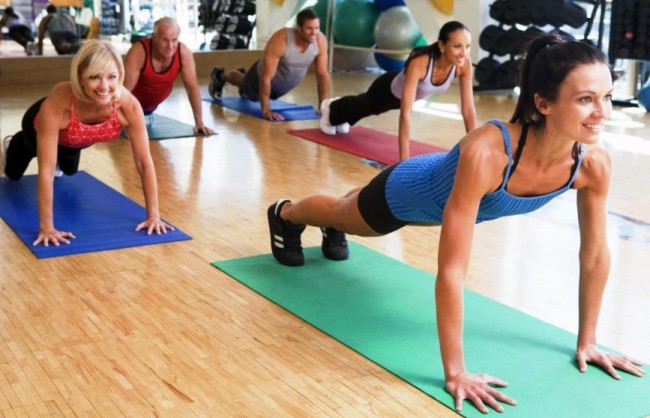
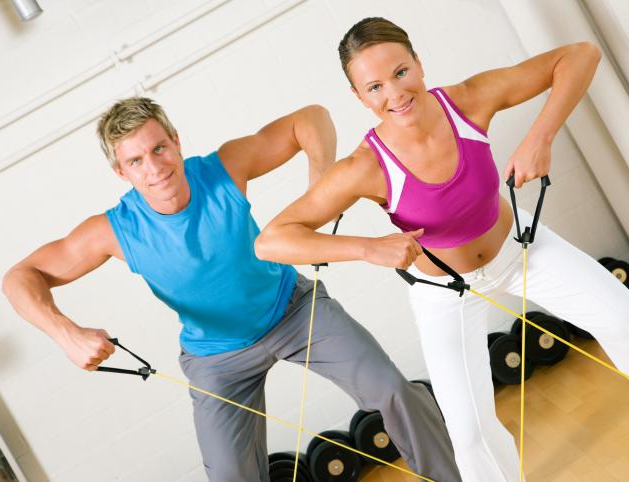
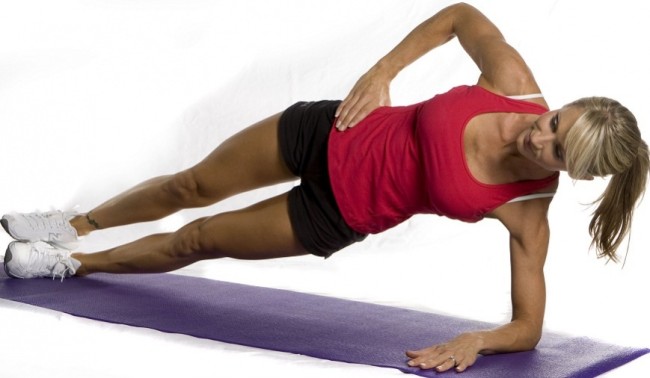

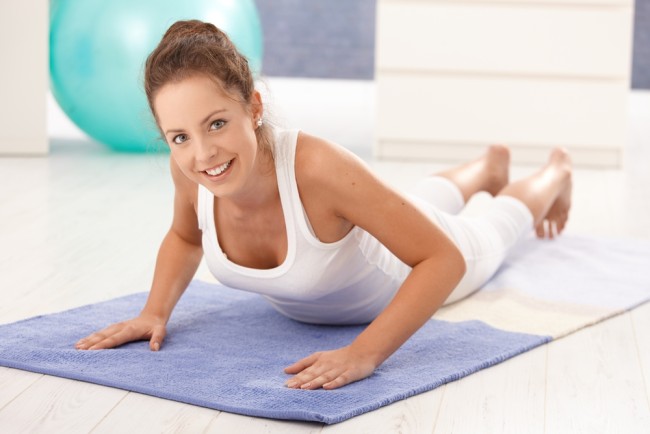

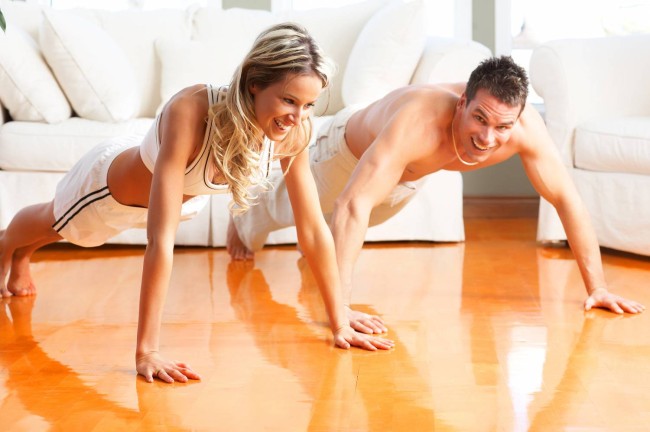
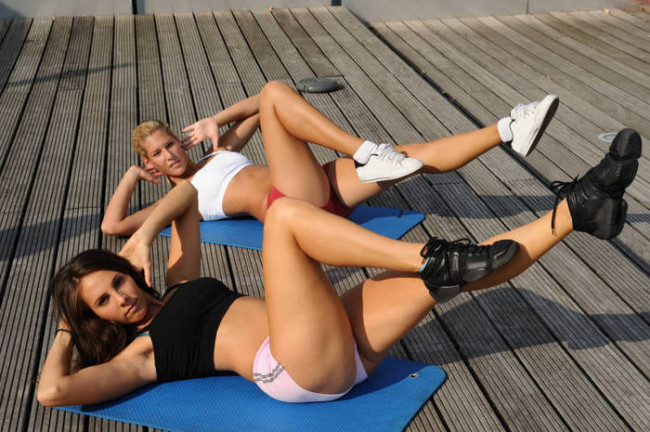







Comments
a couple of years ago, there was no side of metrogils from the same problem, there were no side effects ...
I’m not a fan of peeling at all, it saves from acne of metrogil, it also smoothes it ...
Great article! ...
I take the second course of the Capsules Climafite 911. The tides went very quickly. It became calmer, irritability went away and I sleep well ...
i also noticed - it is worth nervous, everything immediately affects the face. Therefore, I try to avoid conflicts and unpleasant people. Of the creams, I like Miaflow from wrinkles - smoothes not only small wrinkles ...